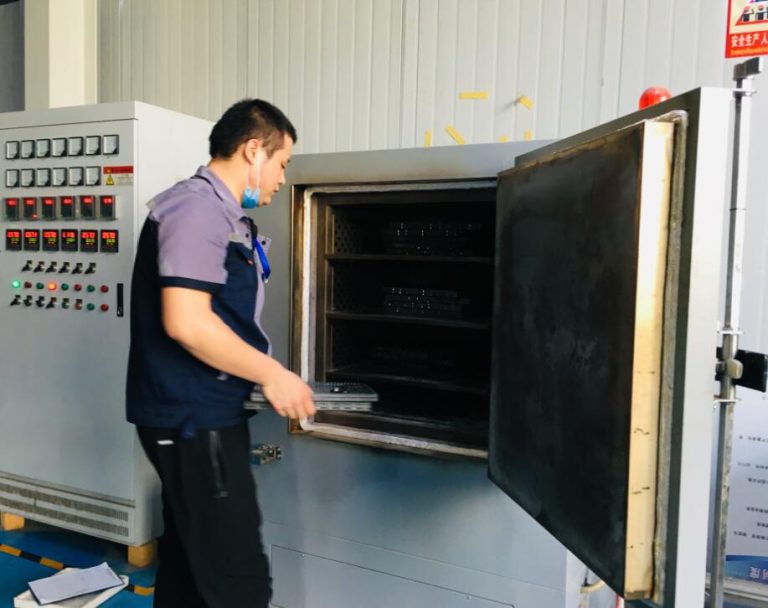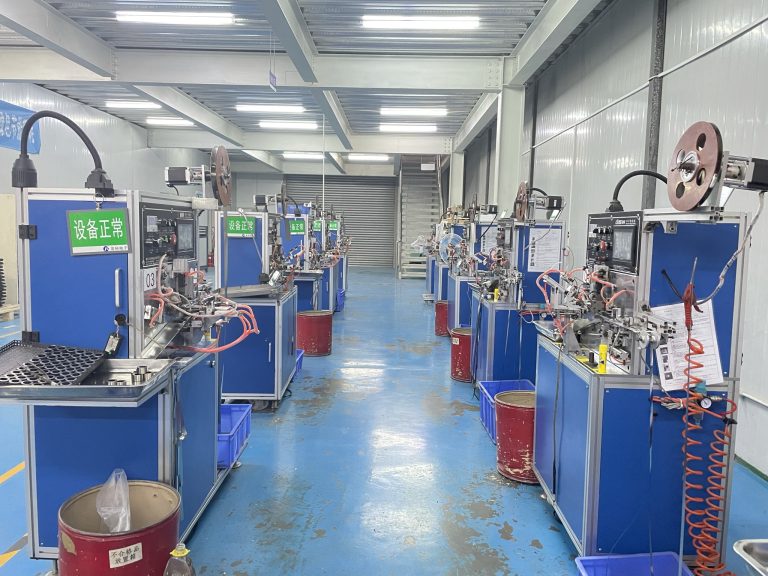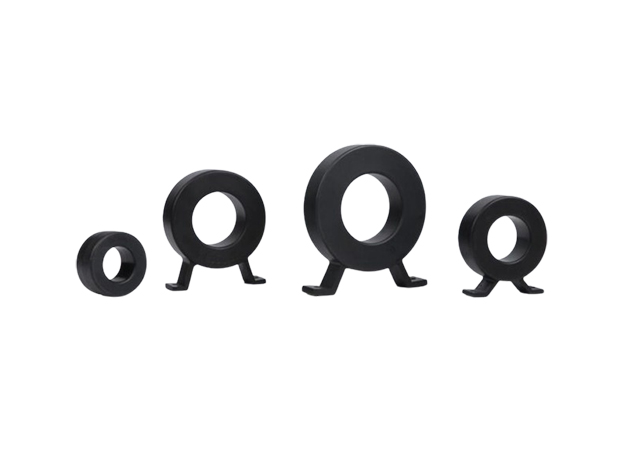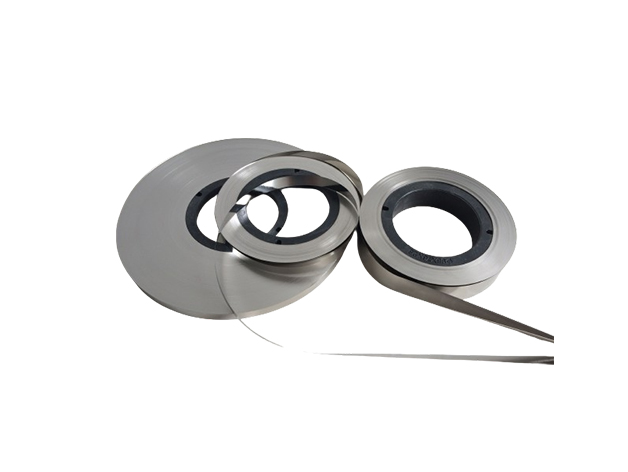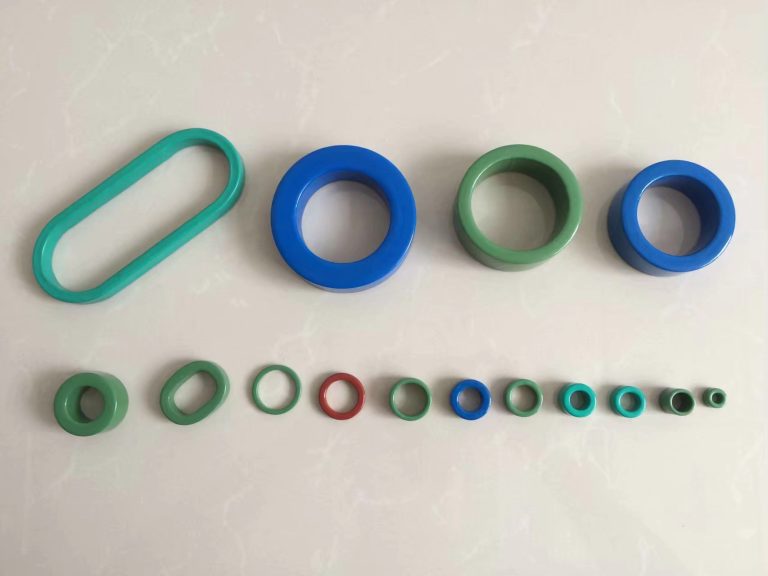- The loss is small, the temperature rise of the transformer is low, and the long-term actual use of a large number of users has proved that the temperature rise of the nanocrystalline transformer is far lower than the temperature rise of the IGBT pipe.
- The high permeability of the nanocrystalline core reduces the excitation power, reduces the copper loss and improves the efficiency of the transformer. The primary inductance of the transformer is large, which reduces the impact of the current on the IGBT pipe when switching.
- High working magnetic induction, high power density, and it could be up to 15Kw/kg. The volume of the nanocrystalline core is reduced. Especially the high-power inverter, the reduction in volume increases the space inside the chassis, which is conducive to the heat dissipation of the IGBT pipe.
- The overload capacity of the transformer is strong, because the working magnetic induction is selected at about 40% of the saturated magnetic induction, when the overload occurs, the heat is generated only due to the increase in magnetic induction, and the IGBT pipe will not be damaged due to the saturation of the iron core.
- The Curie temperature of nanocrystalline materials is high, assuming that when the temperature reaches more than 100 °C, the ferrite transformer can no longer work, and the nanocrystaline transformer can completely work normally.
These advantages of nanocrystalline cores have been recognized and adopted by more and more power supply manufacturers, and a number of domestic production plants have adopted nanocrystalline iron cores and applied them for many years. More and more manufacturers began to use or trial. At present, it has been widely used in inverter welding machine, communication power supply, electroplating electrolytic power supply, induction heating power supply, charging power supply and other fields, and there will be a greater increase in the next few years.

